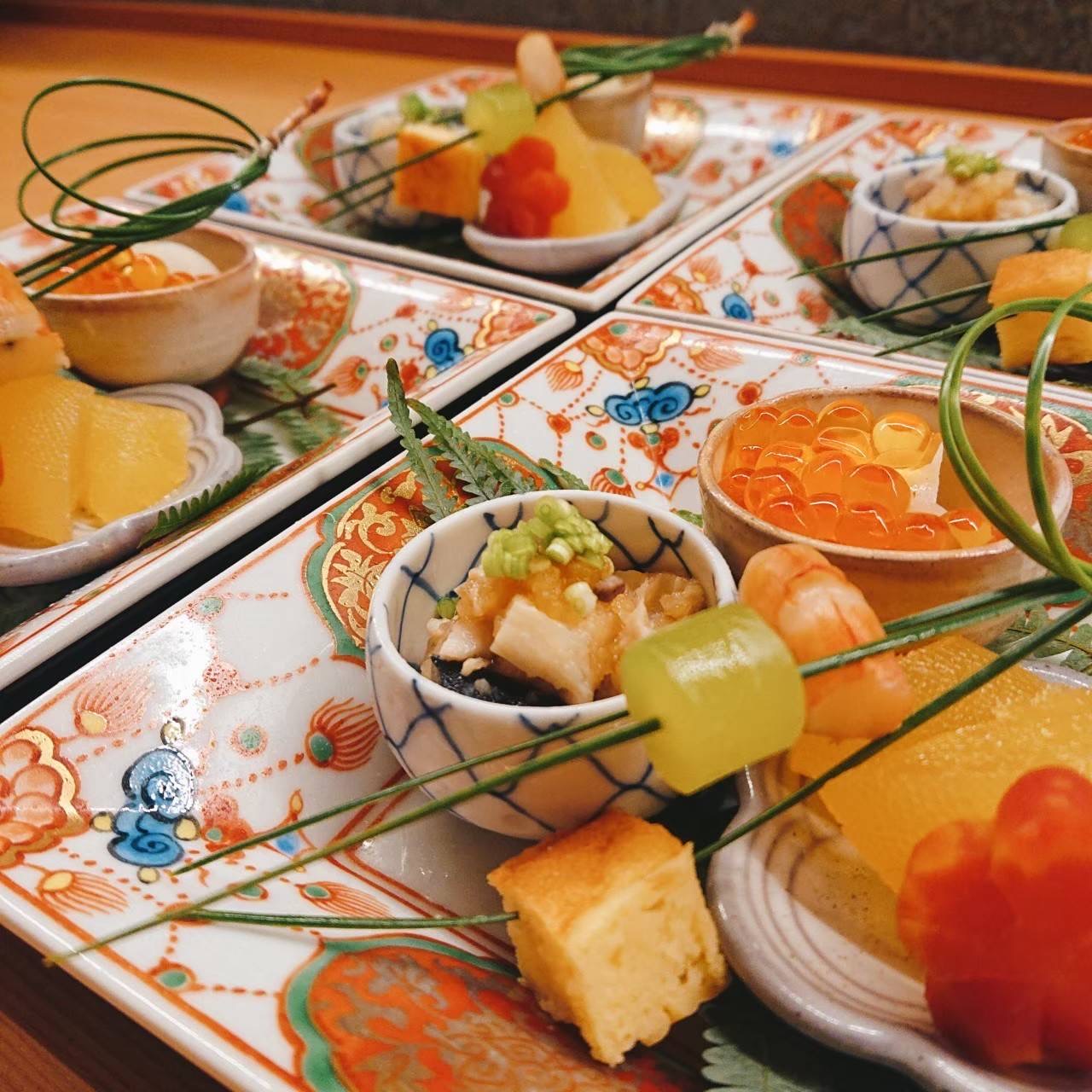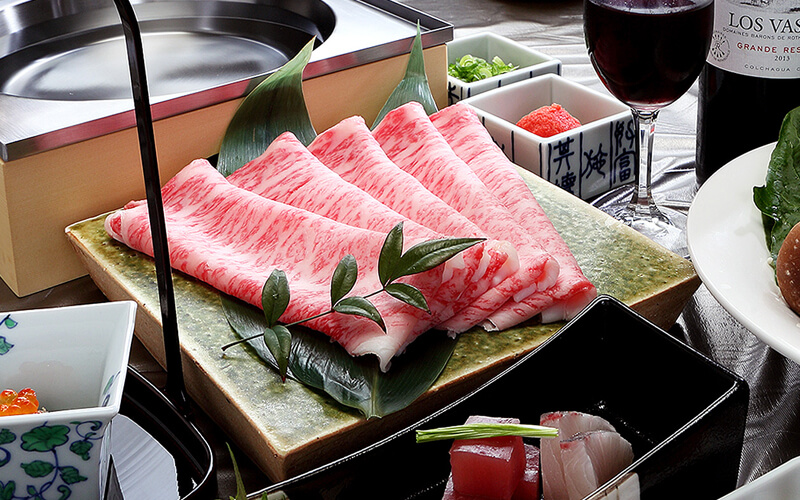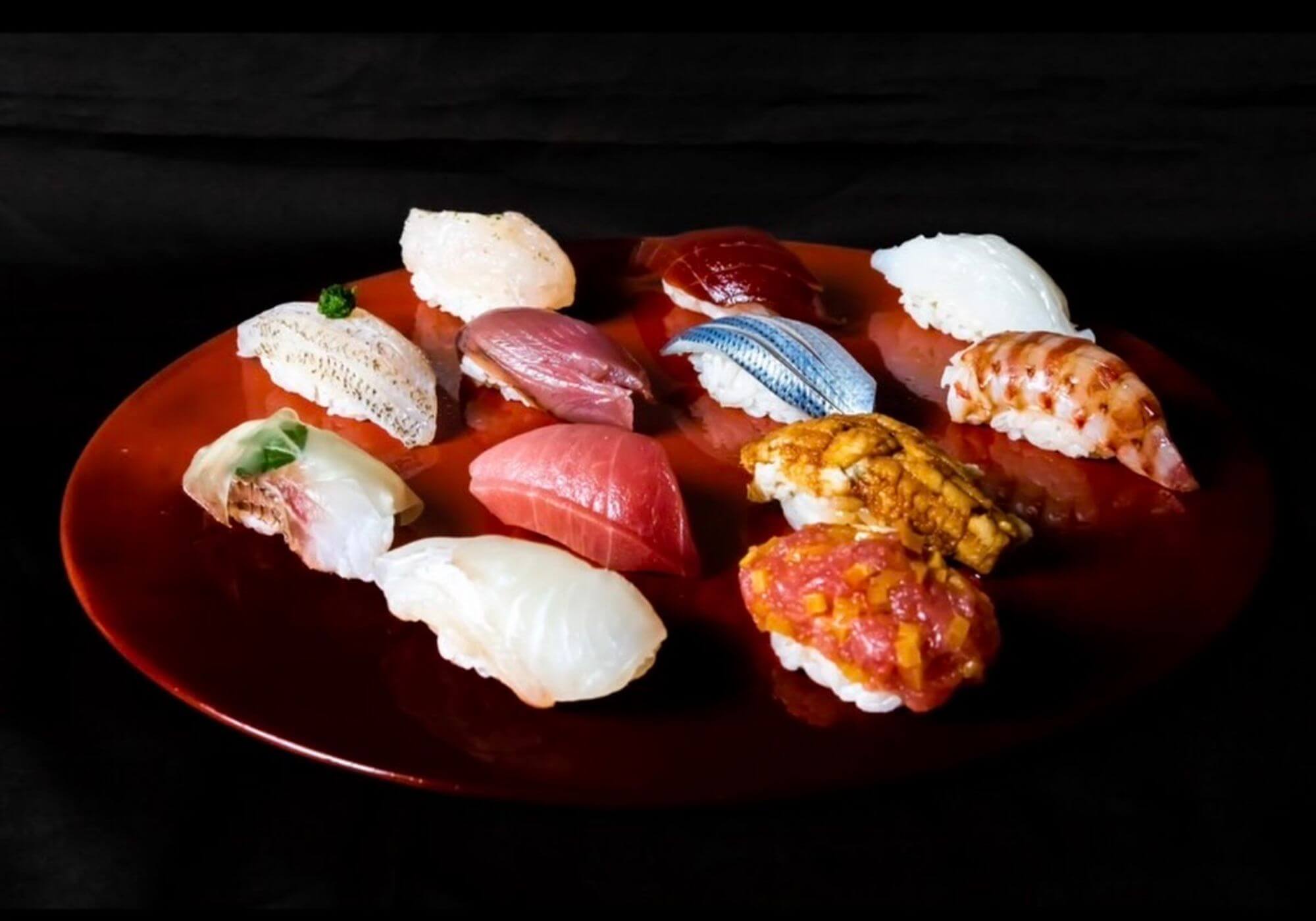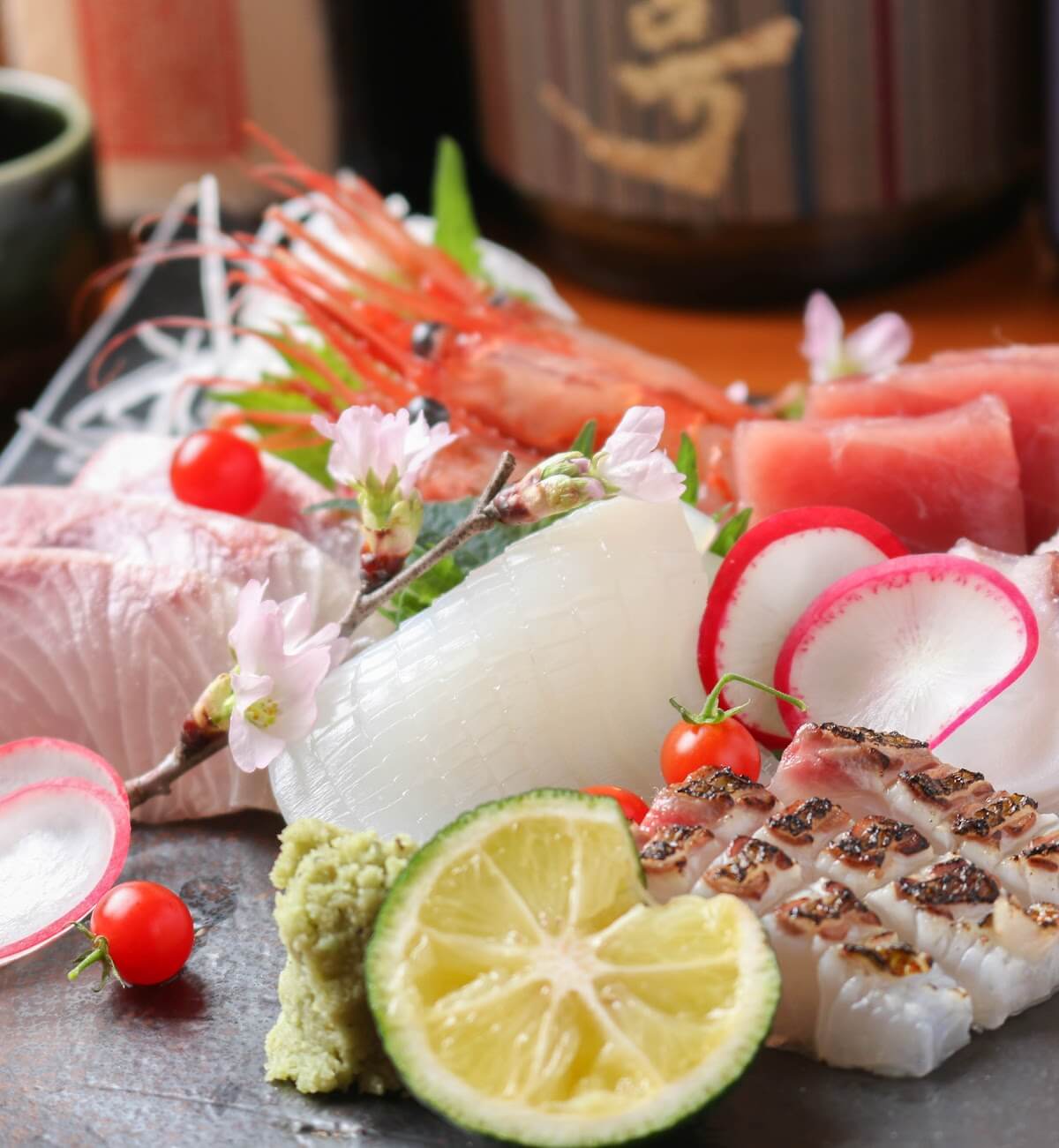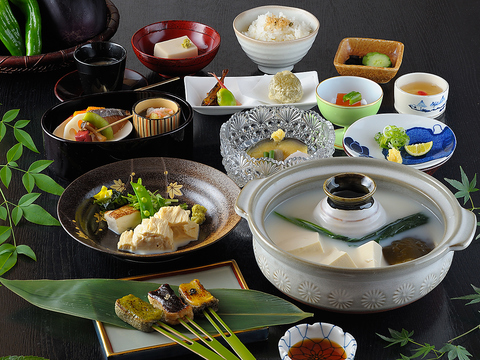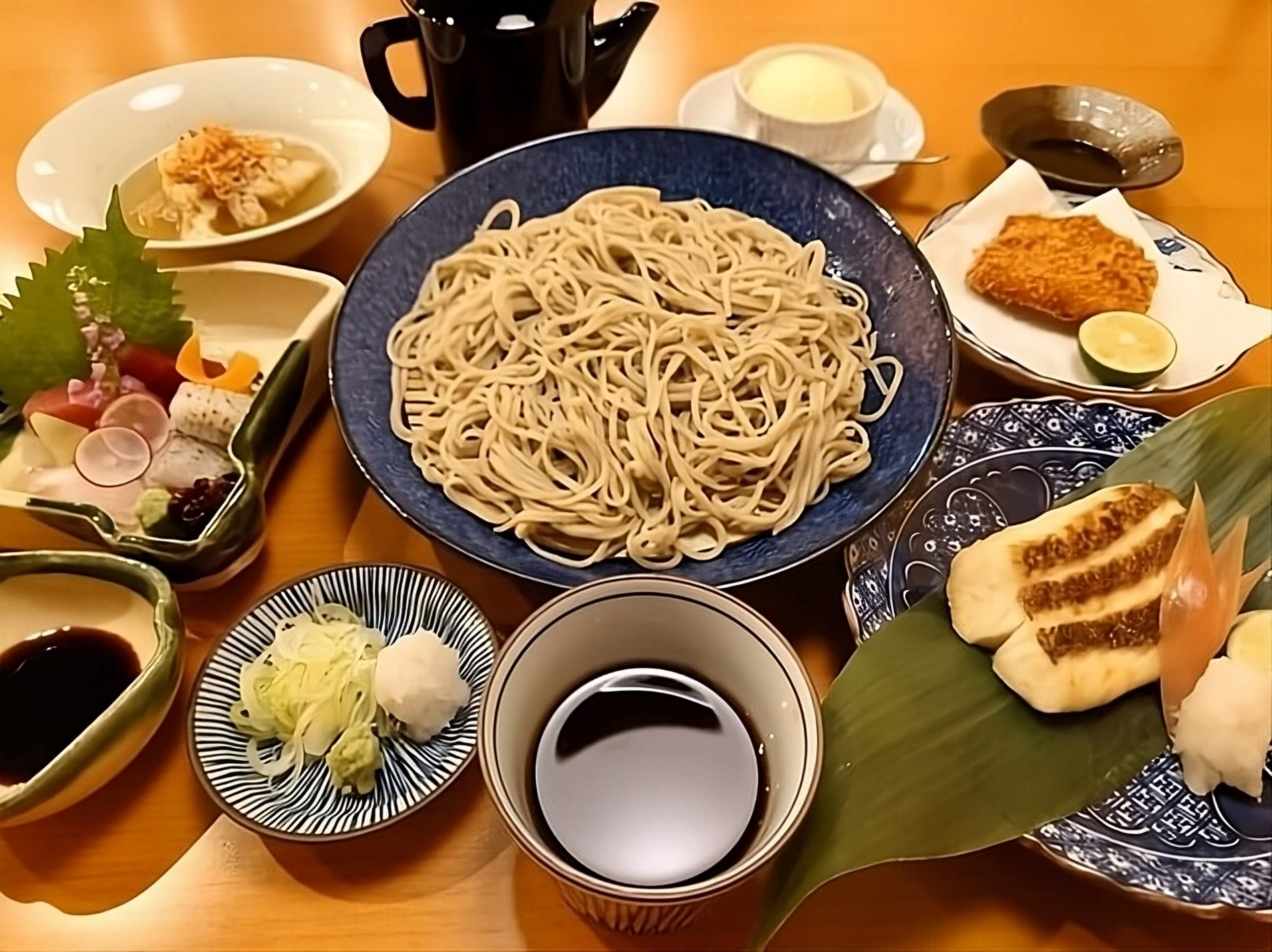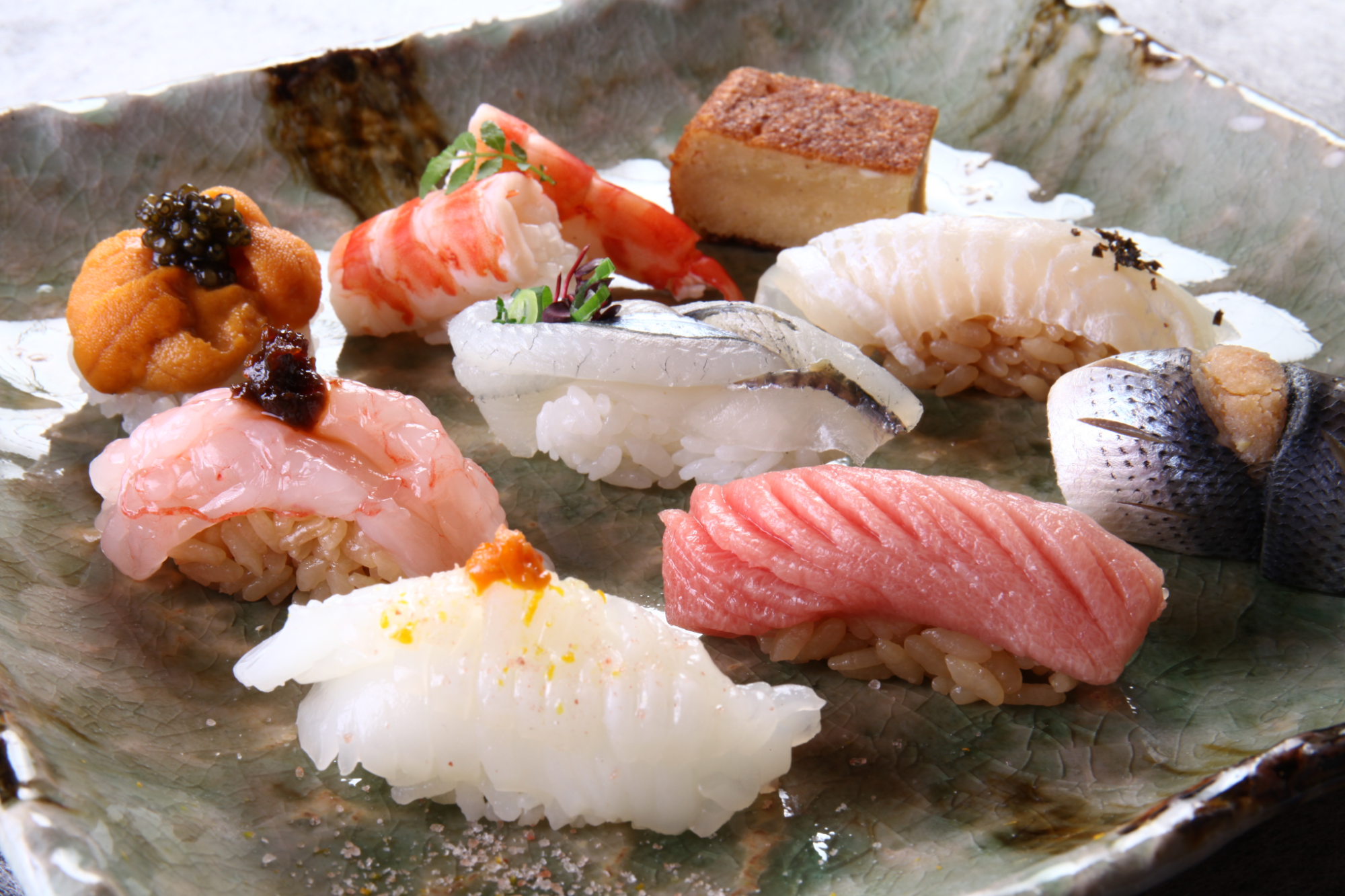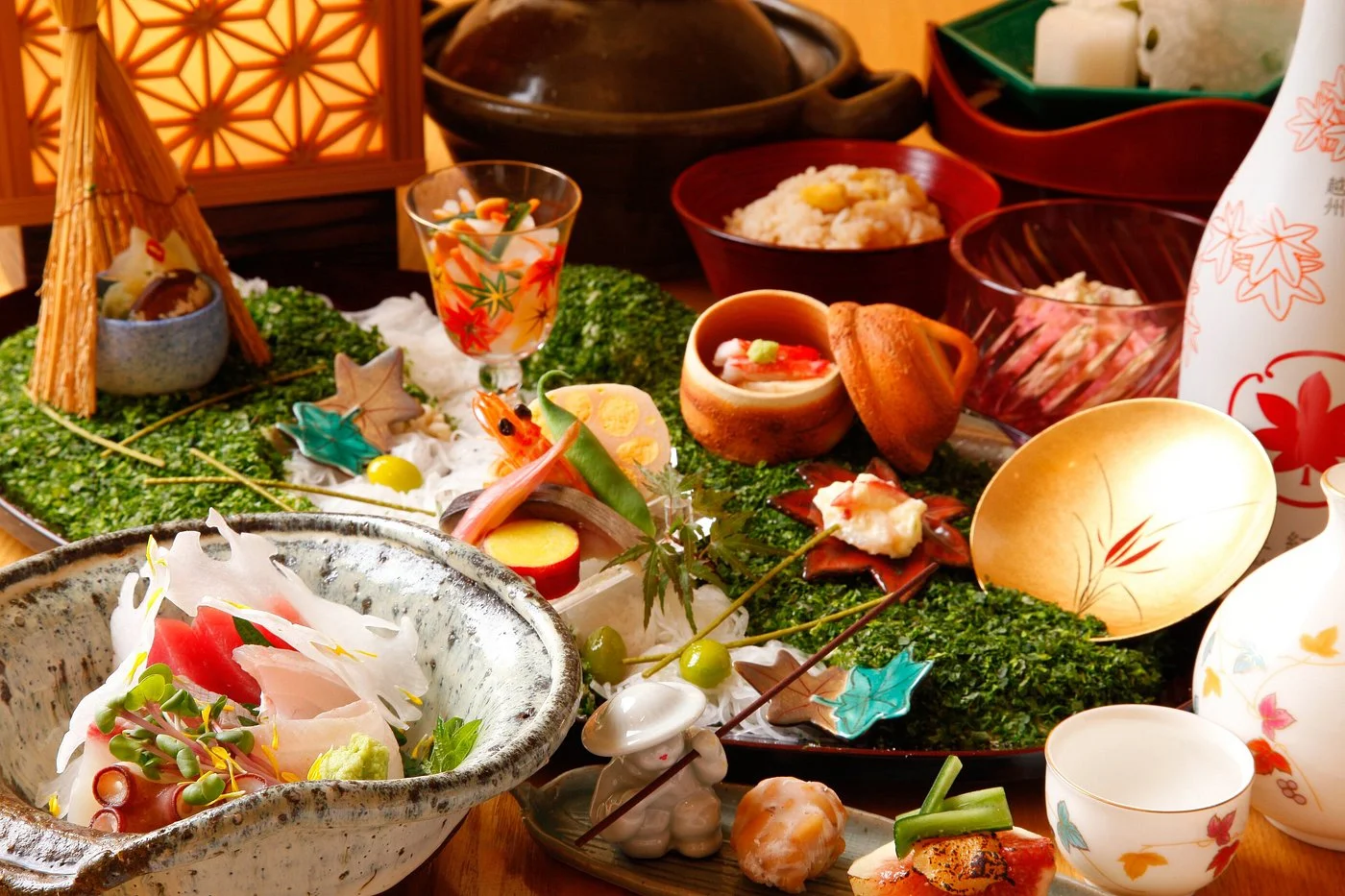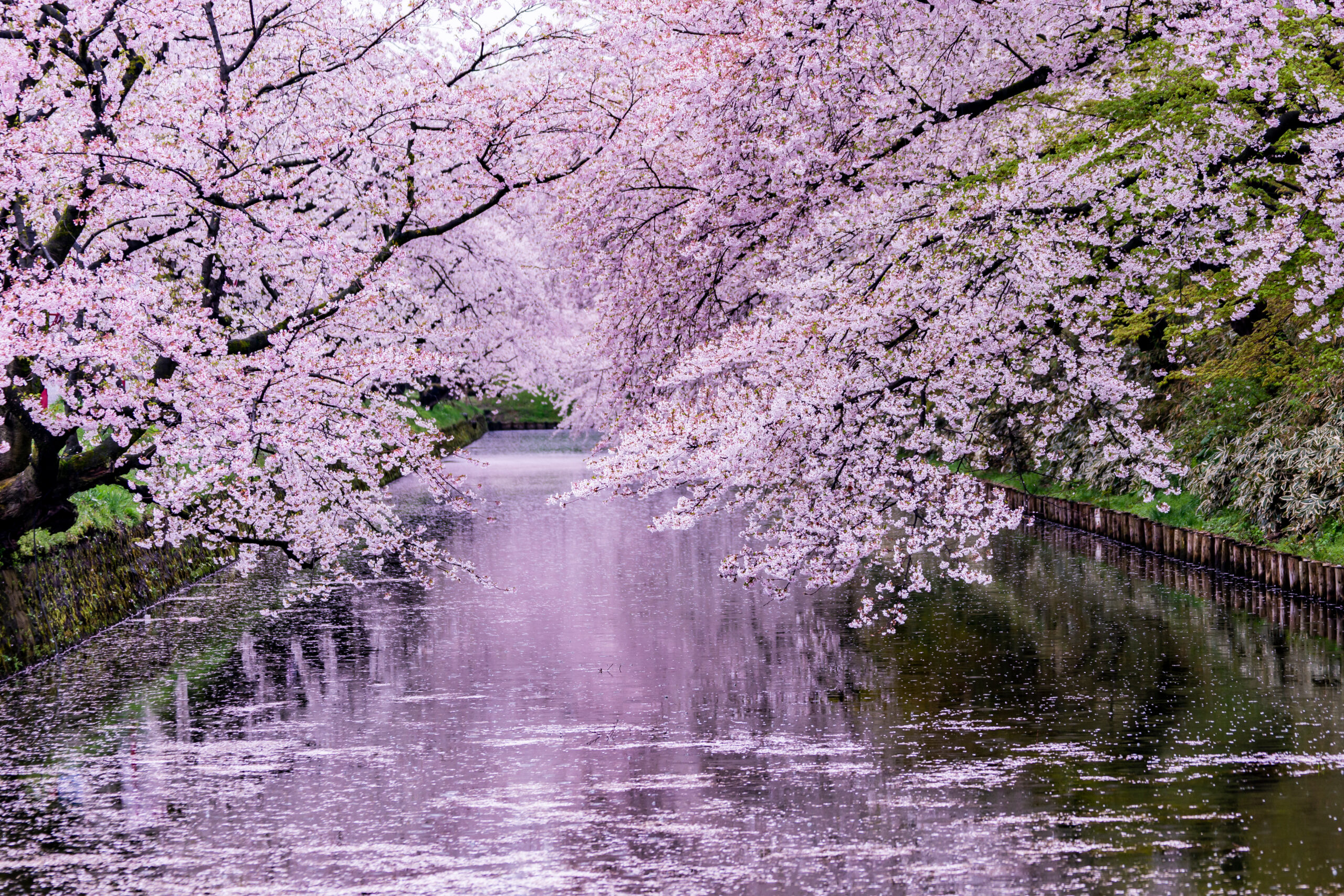
Cherry blossom season in Japan is one of the best times to visit the beautiful country. The roads are strewn with pink flowers and there’s a delightfully sweet scent in the air.
During this time, many people partake in hanami, or flower viewing. This is the Japanese custom of appreciating the fleeting beauty of flowers. The flowers in question are typically sakura, or cherry blossoms. Kyoto, Japan has cherry blossom trees all over, with the city painted pink during cherry blossom season.
But where should you go if you want to enjoy some of the best hanami scenery while visiting Kyoto, Japan?
From popular locations to hidden gems, we (the MACHIYA INNS & HOTELS local staff) have compiled seven of our favorite Kyoto cherry blossom spots to help you get started planning your spring getaway in Kyoto City!
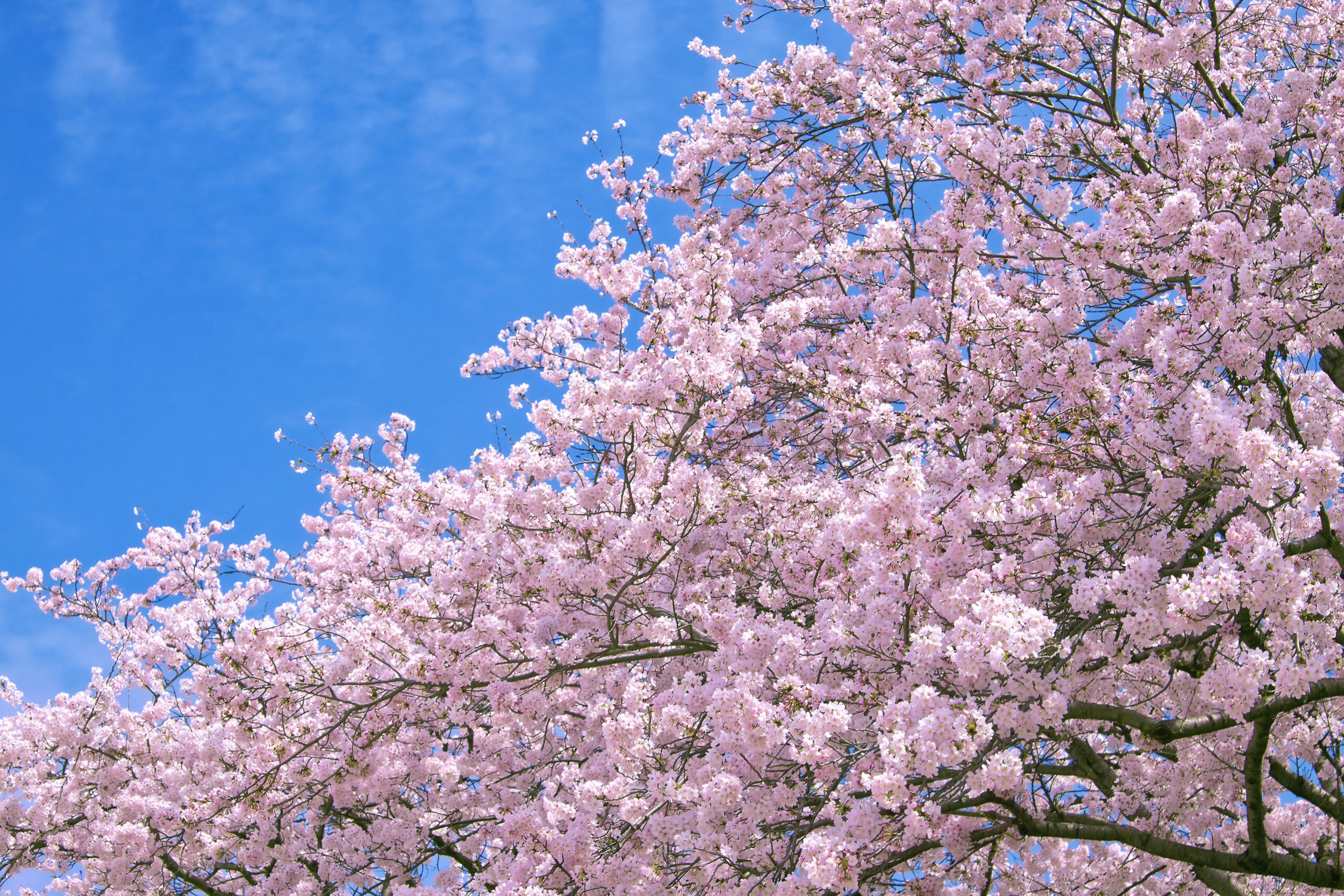
So when exactly is cherry blossom season in Japan?
Japan is geographically quite long (going from north to south), so the timing of the seasons can vary according to where you’re located. Cherry blossom season can fall anywhere from late February to early May, as the warm spring weather catches up much slower in the northern area and mountainous areas of Japan.
In Kyoto, however, cherry blossom season is from late March to early or mid-April. If you’re planning your trip around viewing the cherry blossoms, we recommend making sure you’re in Kyoto during the first week of April.
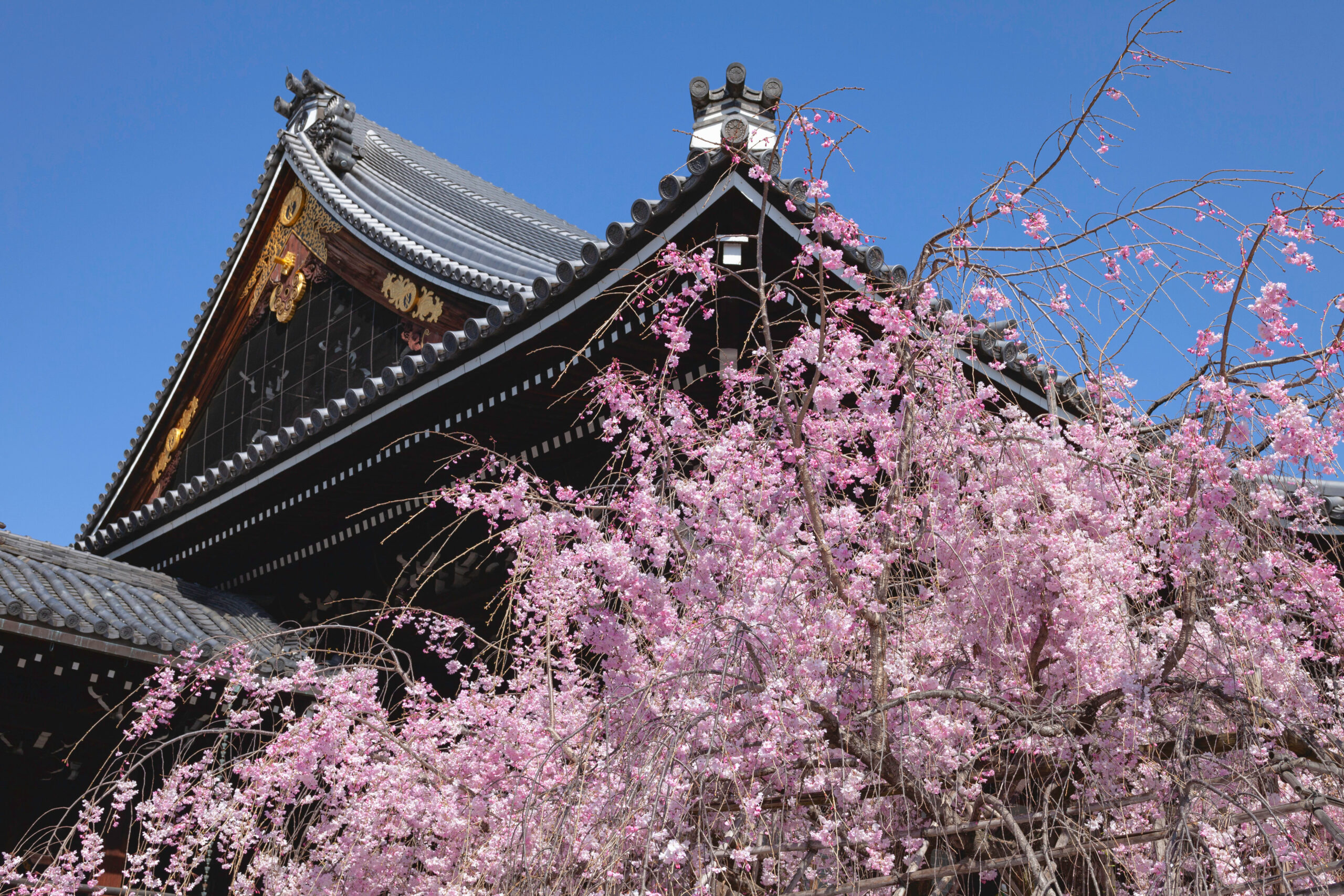
We’re starting off the list with a unique spot, not often listed among the major sightseeing spots in Kyoto City. Bukkoji Temple, located in the heart of Kyoto, is famous for its shidare-zakura, or weeping cherry blossom trees.
This isn’t just your usual kind of cherry blossom. Kyoto, Japan is home to several different and unique kinds of sakura, including the weeping cherry trees. As the name might imply, these cherry trees have branches that droop, evoking a beautiful and mysterious feeling.
The cherry blossoms at Bukkoji Temple bloom around the last week of March~first week of April! We recommend stopping by Bukkoji Temple as a quick stop, then spend the rest of the day exploring Nishiki Market, walking to Kamogawa River, and the Gion neighborhood. P.S. Bukkoji Temple was moved to its current location by Toyotomi Hideyoshi (a Japanese samurai and daimyō of the late Sengoku period) in 1586.
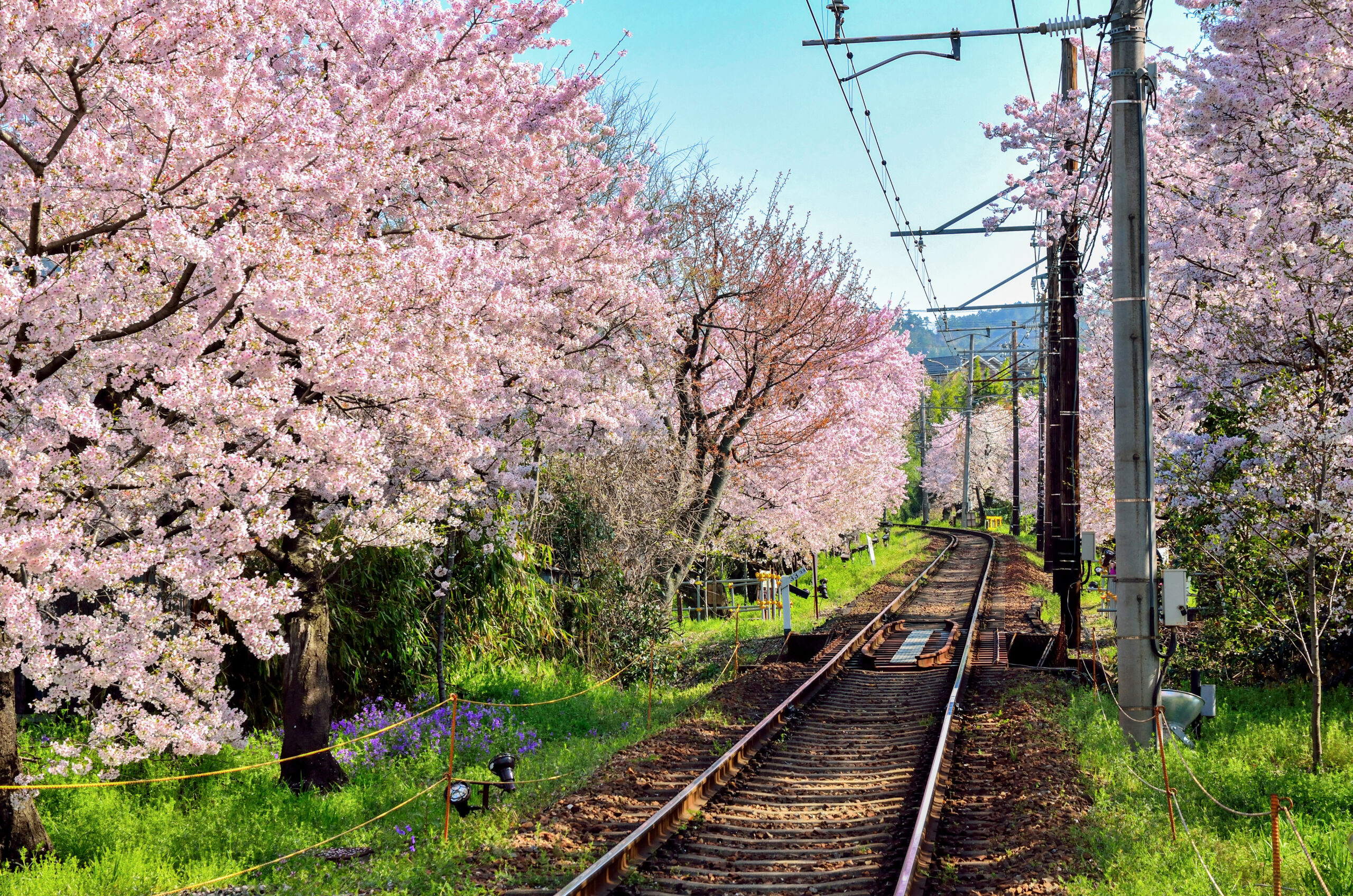
Can you imagine how amazing it would be to ride a retro-style train through a tunnel of cherry blossoms? If you ride the Randen Kitano Line, between Narutaki Station and Utano Station, you can experience it in real life.
For a stretch of about 200 meters (656 ft), light pink cherry blossoms float down and whirl around the moving train. It’s simply magical! There are about 80 cherry blossom trees on this path. Although the trees are over 90 years old, they still blossom every year, without fail.
The train runs from sunset to about 9 pm, so preparations are in place for night viewings. The area is lit up brightly, allowing passengers to enjoy illuminated cherry blossoms during the night.
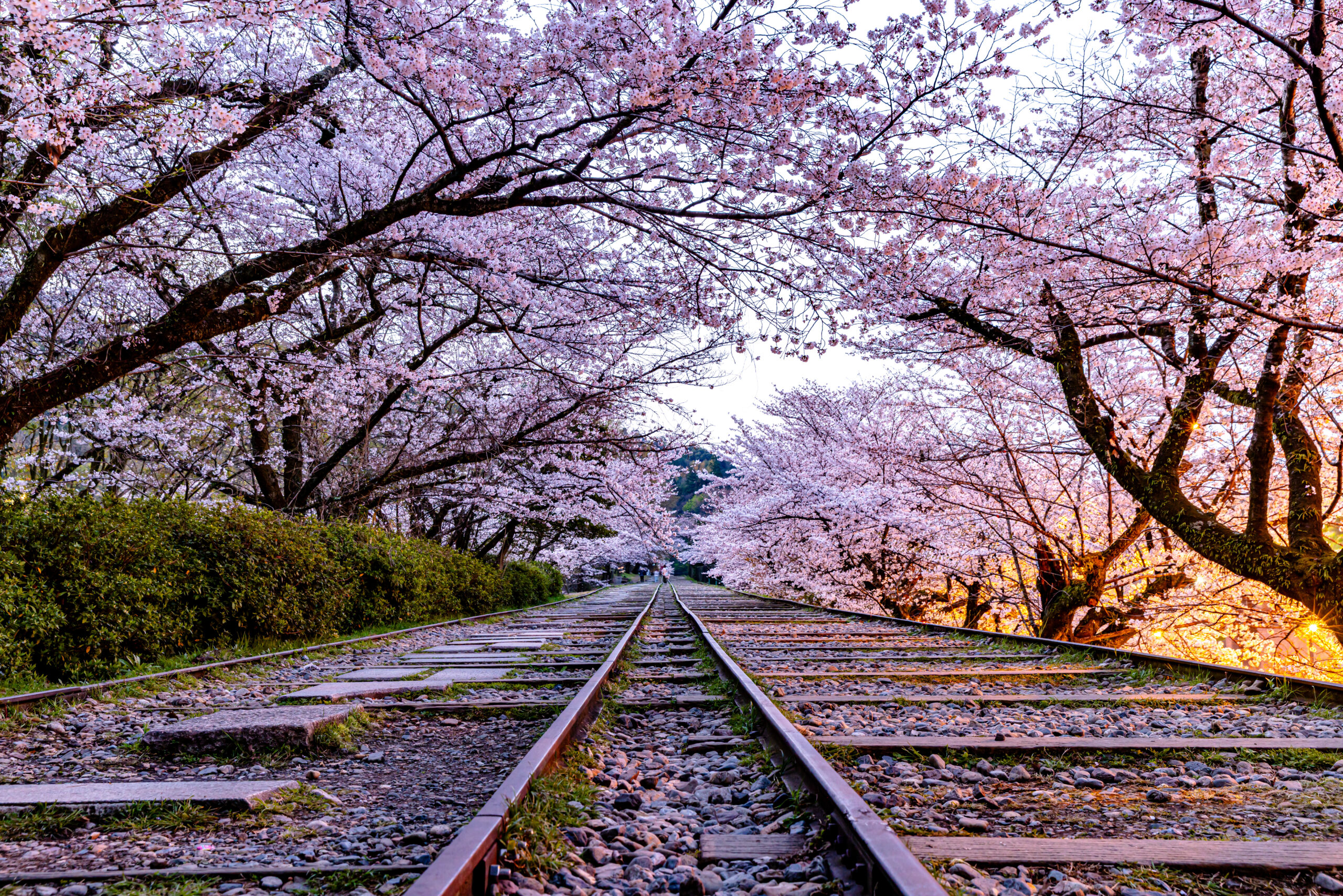
In Kyoto, hanami is an activity you can enjoy almost anywhere. Abandoned railway tracks probably won’t be the first place you think of, but Keage Incline is, in fact, one of the most popular cherry blossom spots in the city! It’s just about a 3-minute walk from Keage Station and it’s free to visit.
Keage Incline was once used to move boats to and from Okazaki Canal. The area was discontinued for use in the 1950s. Now, the gently sloping railway tracks are one of the best places to view cherry blossoms in Kyoto and take photos. Cherry blossom trees are abundant here; roughly 100 of them line the tracks.
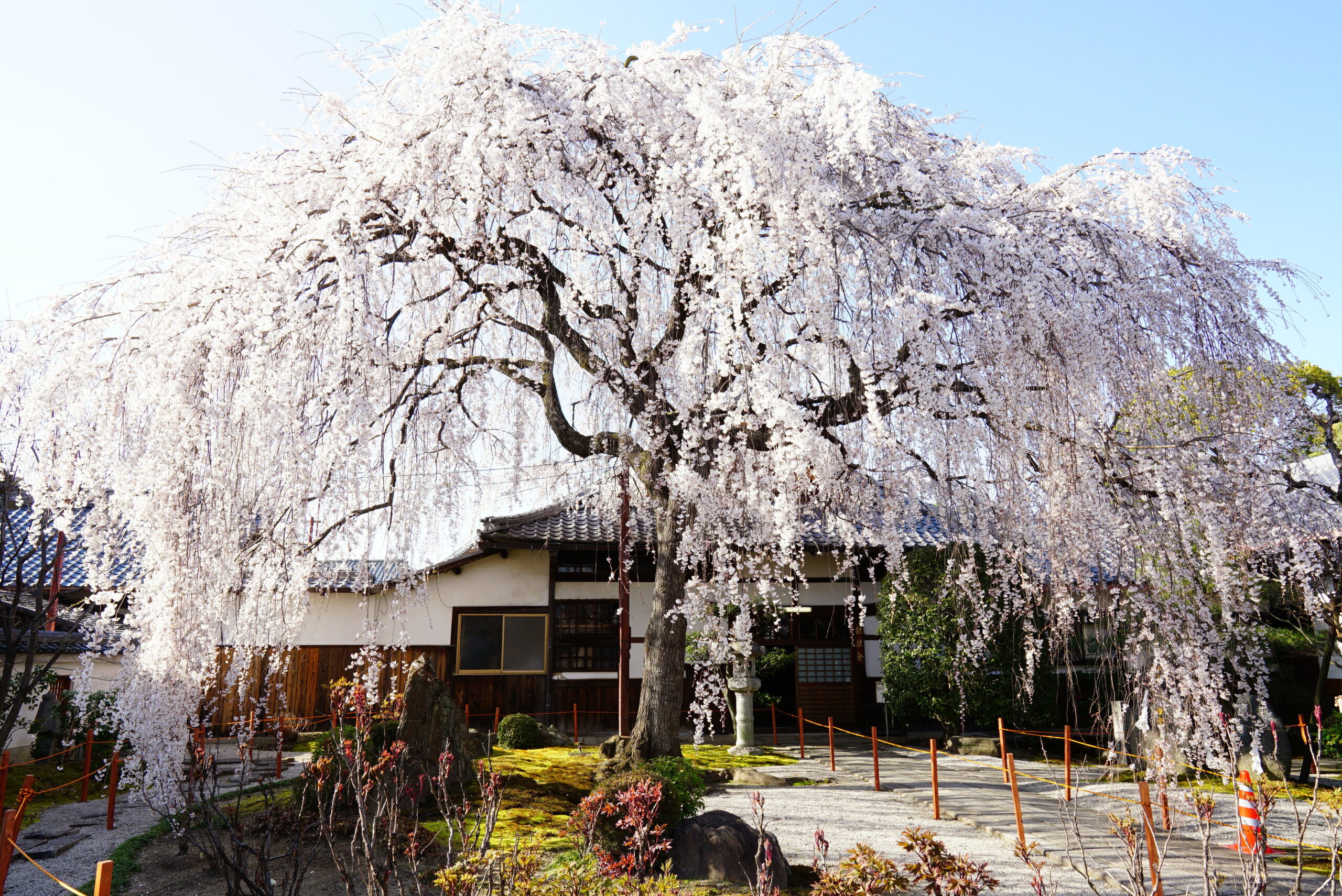
Like Bukkoji Temple, Honmanji Temple is also home to weeping cherry blossom trees. Another thing in common is that this temple is not as well-known among international tourists among the many temples throughout Kyoto, Japan. Locals, however, know that it’s an awesome place to visit during the Kyoto cherry blossom season.
The highlight of Honmanji Temple is the huge, 100-year-old weeping cherry tree. This towering tree is imposing, yet delicate. Its beauty is best appreciated by standing right underneath it, watching as the cherry blossoms fall around you.
If you’re looking for a location that’s off the beaten path, Honmanji Temple is one of the our (AKA the MACHIYA INNS & HOTELS staff) top recommendations for cherry blossom season in Japan!
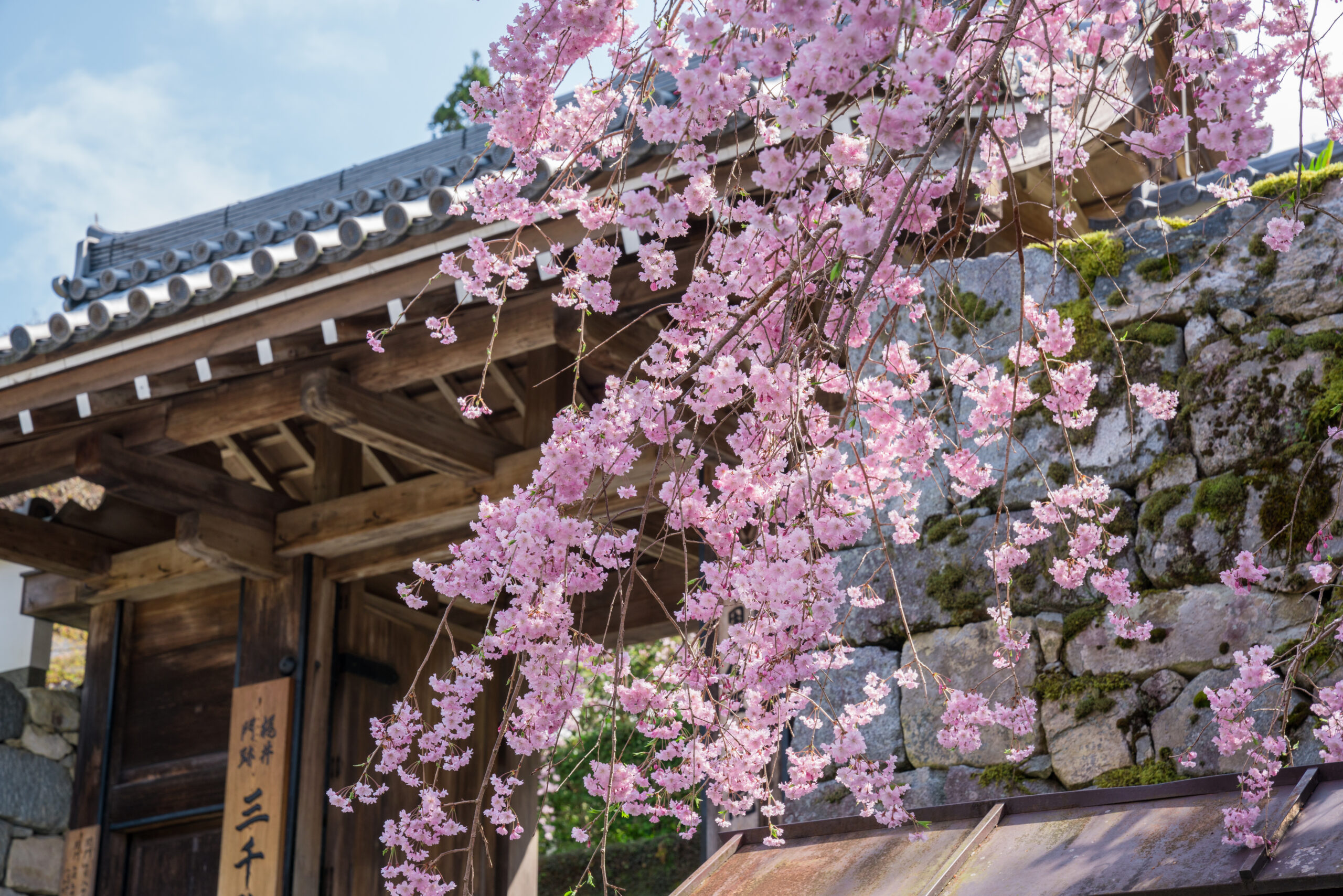
Ohara is a village in northern Kyoto, known for its rural charm. The quaint atmosphere, mixed with the beauty of the cherry blossoms, makes this a delightful place to enjoy the cherry blossom season in Japan.
The best place to see cherry blossoms in Ohara is the Sanzen-in Temple. It’s the biggest temple in the village, and the extensive grounds are simply beautiful. The temple grounds are also lit up during the spring season, making the view of over 300 cherry blossom trees absolutely breathtaking. The area near the Ohara Memorial Hospital, where cherry blossom trees line the Takano River, is another great spot!
We’ve established that the answer to the question “when is cherry blossom season in Japan” varies on where you visit. In fact, the season is a bit later in Ohara than in central Kyoto, despite being just a 1-hour drive apart. Sakura season starts in early April, and extends a bit later then central Kyoto. If you’ve arrived in Kyoto City to find that the cherry blossom season is already wrapping up, head over to Ohara, where you should still be able to enjoy pink sakura views.
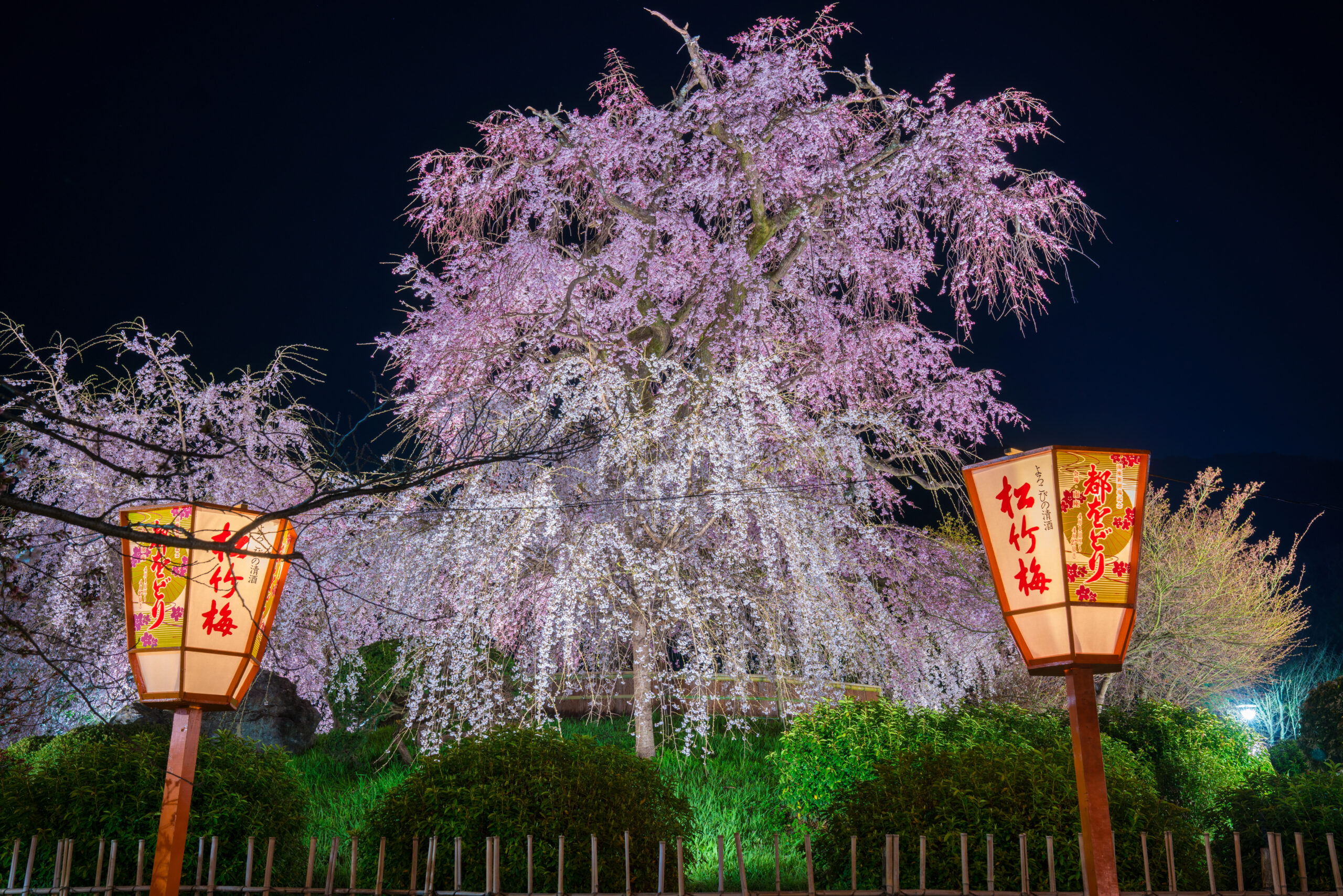
Maruyama Park, close to Gion, is a free-to-enter park where many cherry blossom parties are held. It’s perfect for the hanami experience!
The park is filled with over 600 cherry blossom trees but there’s one that stands out among the rest. “Gion no Yozakura” or “Gion Weeping Cherry” is over 90 years old and towers above its peers. The tree is illuminated at night, which is a totally different but just as awesome sight.
While at Maruyama Park, grab a bite to eat at one of the many food stalls, or bring a couple of onigiri rice balls along to enjoy on a park bench. Be sure to visit Yasaka Shrine as well, which is right by the park. At nighttime, hundreds of lanterns are lit at the front of the shrine. The shrine and park are both open 24 hours, so if you already have a full itinerary during the day, you can visit during the early morning or late at night.
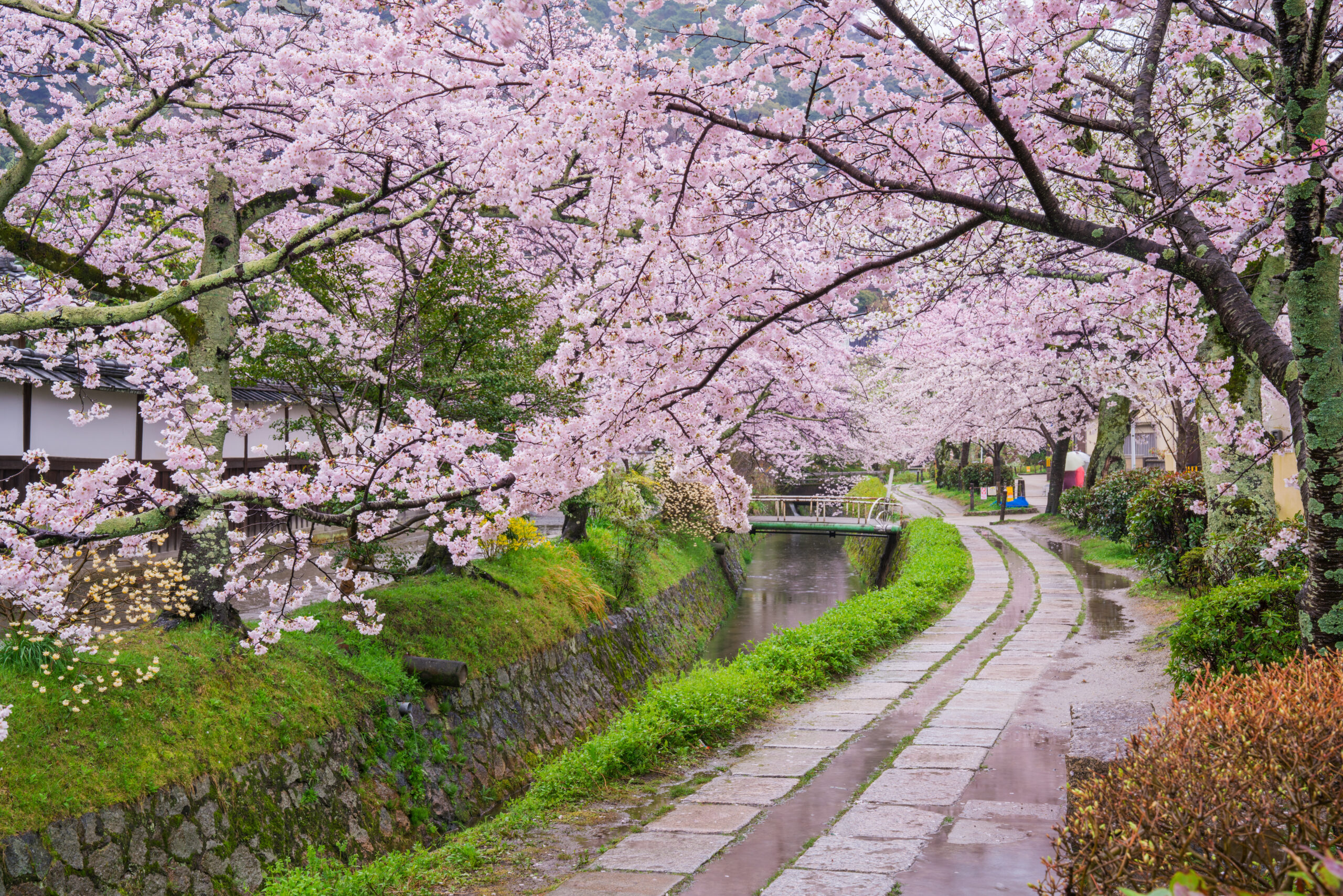
The Philosopher’s Path, or Tetsugaku no Michi, is a stone walkway that runs along a canal in the Higashiyama area of Kyoto City. The name evokes a calm feeling and so do the hundreds of pink cherry blossom trees that line the path! The path is approximately 2 km (1.2 miles) long, running from Ginkaku-ji, the Silver Pavilion, to Nanzen-ji Temple. Restaurants, cafes, and small shops can be found on the path, as well as many smaller temples and shrines.
This is an extremely popular location during the Kyoto cherry blossom season. It’s especially famous for the way the cherry blossoms cover the canal. The small pink flower petals strewn over the path and in the water running through the canal is a sight to see!
The Philosopher’s Path is free to visit and usually quite crowded during the daytime, so we recommend visiting in the evening. Don’t worry about the darkness — the area will be lit up beautifully.
Make your trip a truly local experience, and go where the locals go. If you're wondering where the locals go to eat when hanging out with family, celebrating with friends, stopping by for an after work drink... look no further.
Machiya Locals Website